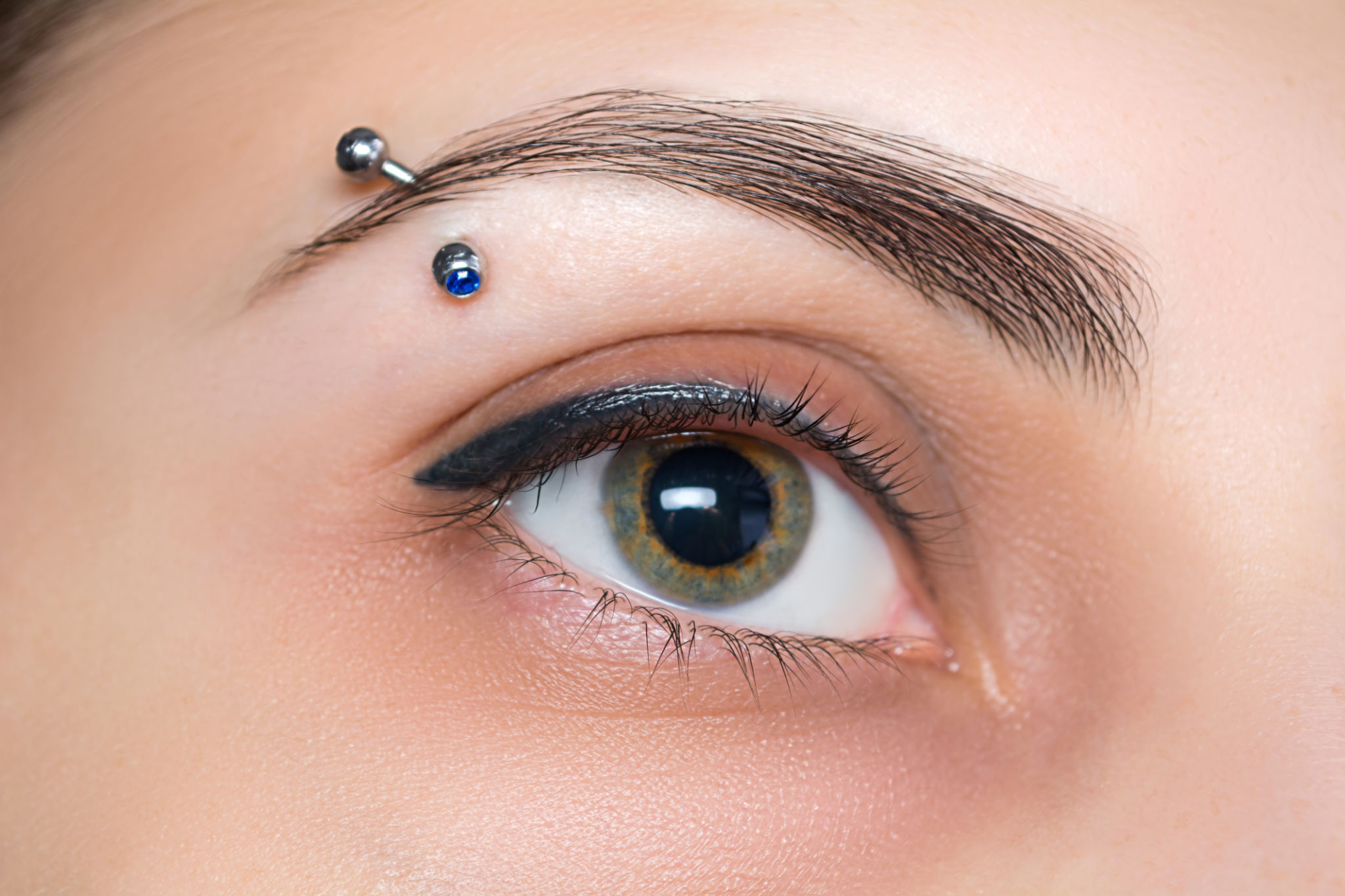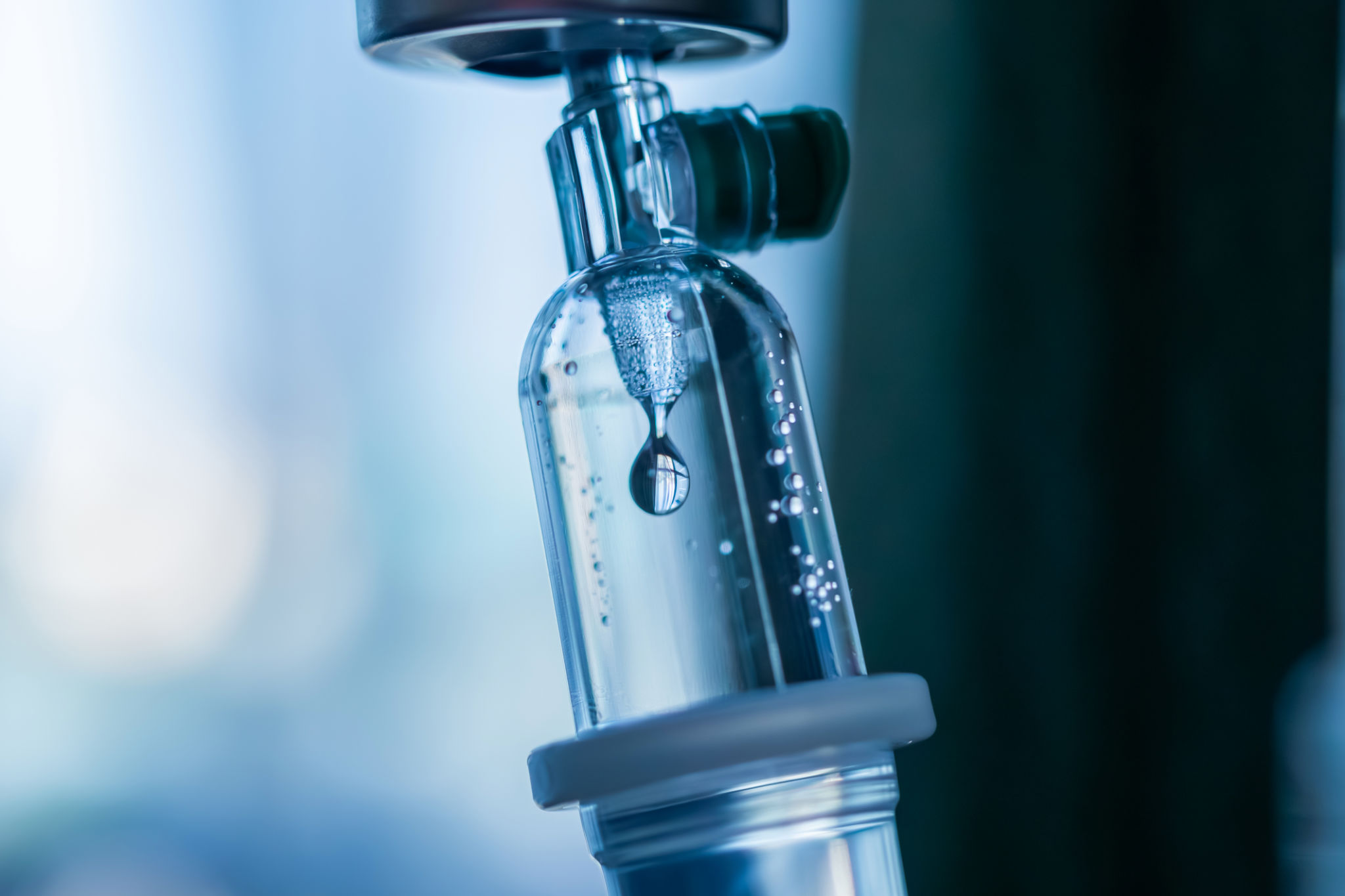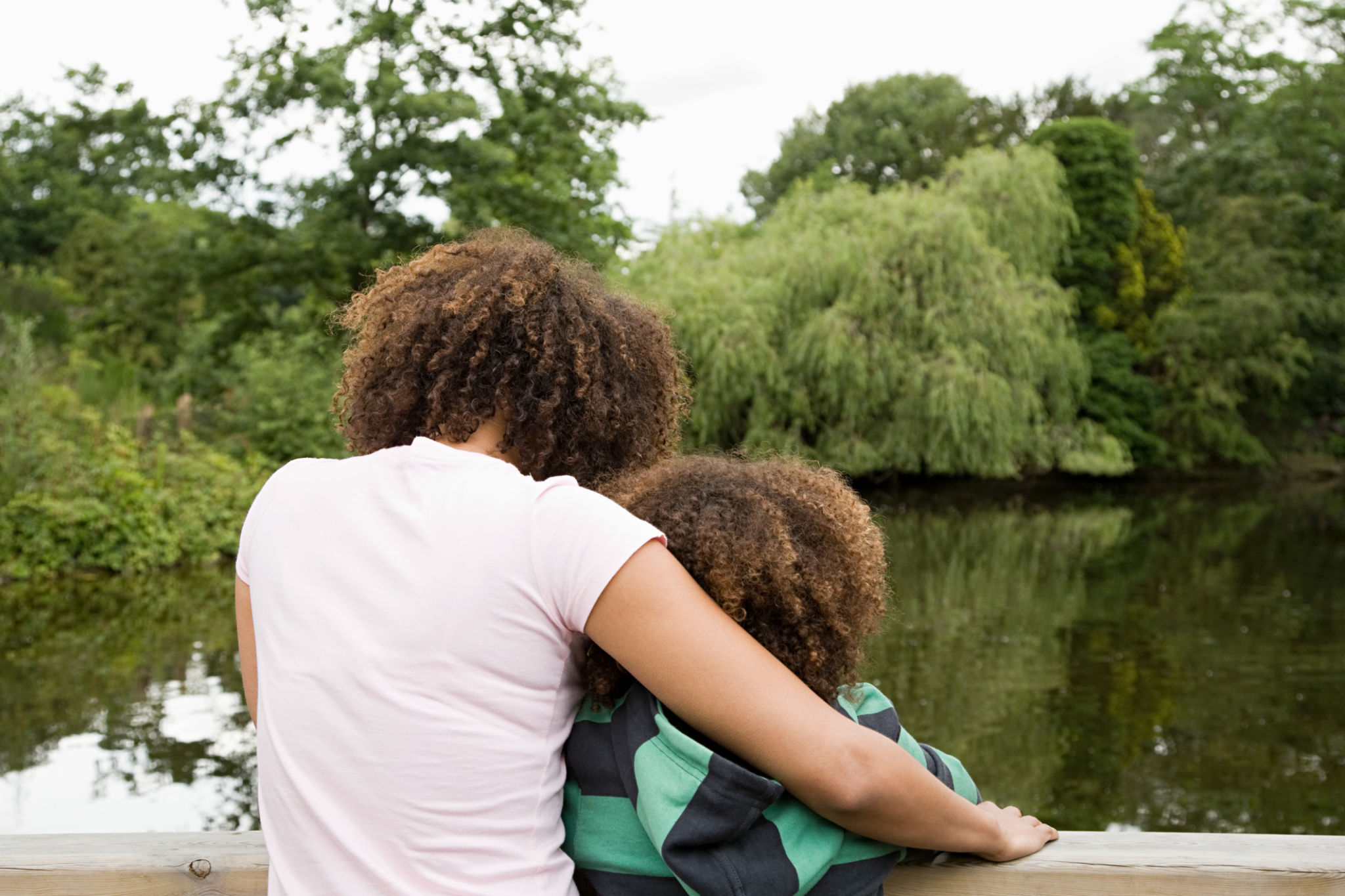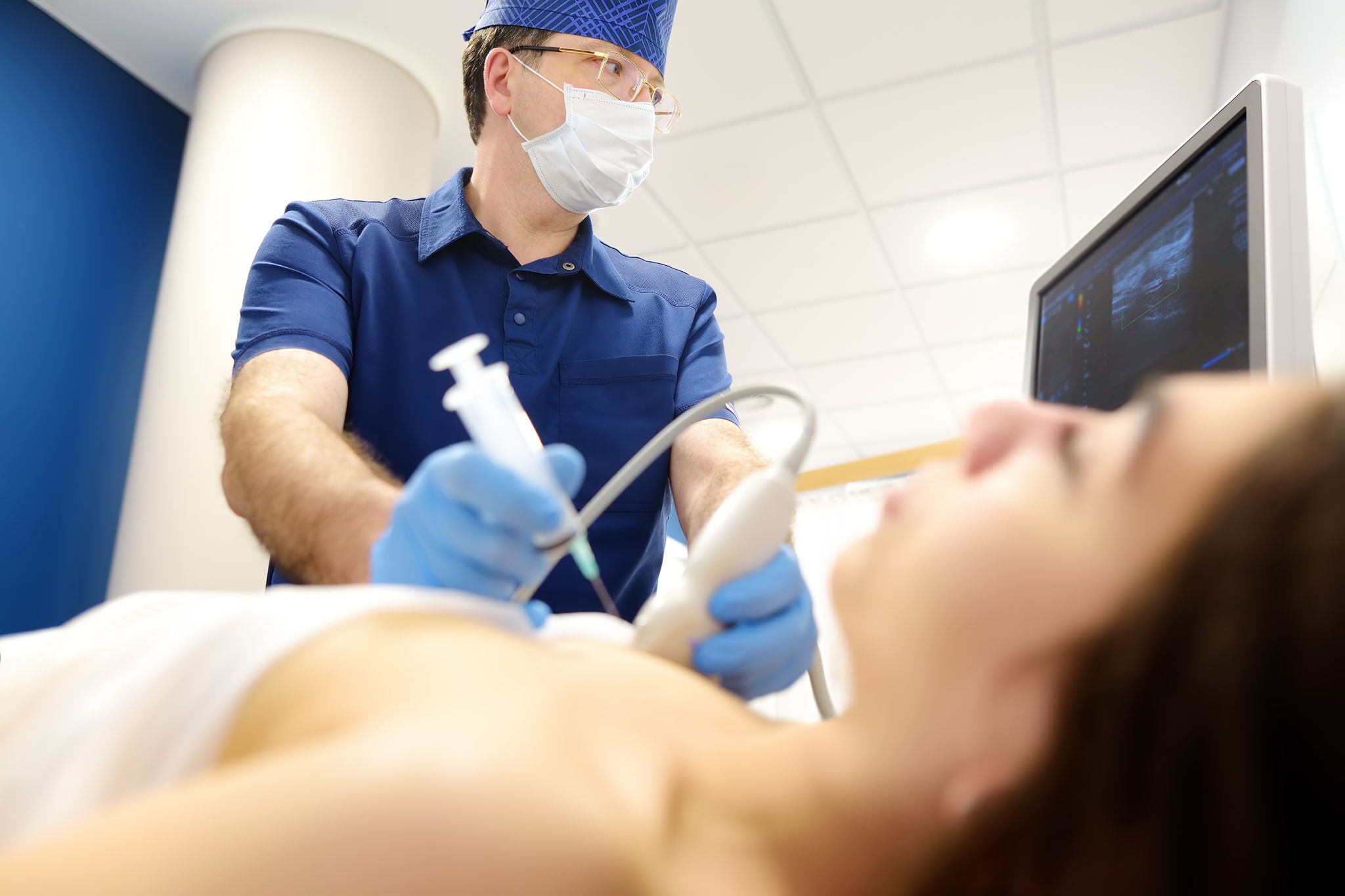DIY Piercing Care: How to Maintain Your New Piercing at Home
Understanding the Basics of Piercing Care
Getting a new piercing is an exciting experience, but it's important to remember that it also requires proper care and attention. Ensuring that your piercing heals correctly is crucial for maintaining its appearance and avoiding infections. By following a few simple steps, you can take care of your new piercing and enjoy it for years to come.
One of the most important things to remember is to keep your piercing clean. This involves regular cleaning and using appropriate solutions to prevent infections. Consistency in your cleaning routine will make a significant difference in how quickly and effectively your piercing heals.

Cleaning Your Piercing
Cleaning your new piercing is the most crucial step in ensuring proper healing. To begin, wash your hands thoroughly before touching your piercing. This prevents the transfer of bacteria and other germs to the area.
Use a saline solution or a specialized piercing aftercare product to clean the area. Avoid using alcohol, hydrogen peroxide, or ointments, as these can irritate the skin and slow down the healing process. Soak a cotton ball or pad in the solution and gently clean around the piercing site at least twice a day.
Tips for Effective Cleaning
- Always use fresh cotton balls or pads for each cleaning session.
- Avoid twisting or turning the jewelry during the cleaning process.
- Be gentle to prevent any damage or irritation to the piercing site.

Managing Pain and Swelling
It's normal to experience some pain and swelling after getting a new piercing. However, these symptoms should gradually decrease over time. To alleviate discomfort, you can apply a cold compress or take over-the-counter pain relievers, such as ibuprofen or acetaminophen.
If you notice excessive swelling, redness, or pus, it might indicate an infection. In such cases, it's essential to consult with a professional piercer or healthcare provider for guidance on the next steps.
Signs of Infection
- Persistent redness and swelling around the piercing site.
- Discharge of yellow or green pus.
- Fever or chills accompanying other symptoms.

Avoiding Common Mistakes
Many people inadvertently make mistakes while caring for their piercings, which can hinder the healing process. One common mistake is removing the jewelry too soon. It's essential to leave the jewelry in place until the piercing is fully healed, as removing it prematurely can cause the hole to close.
Avoid exposing your new piercing to pools, hot tubs, and oceans during the healing process, as these environments can introduce harmful bacteria. Additionally, refrain from using beauty products or makeup near the piercing site until it has fully healed.

Listening to Your Body
Your body will often give you signals if something is amiss with your new piercing. If you experience unusual symptoms or prolonged discomfort, don't hesitate to seek advice from a professional piercer or healthcare provider. It's always better to address potential issues early rather than risking complications later on.
When to Seek Help
If you suspect an infection or if your symptoms worsen despite following proper care instructions, consulting a professional is vital. They can provide personalized advice and recommend treatments if necessary.

Conclusion
Caring for a new piercing at home doesn't have to be complicated. By adhering to a consistent cleaning routine and being mindful of potential issues, you can ensure that your piercing heals smoothly. Remember that patience and diligence are key to maintaining your piercing's health and appearance over time. Enjoy your new look with confidence!
